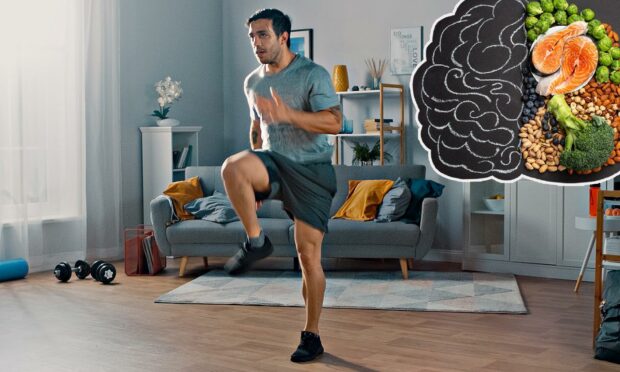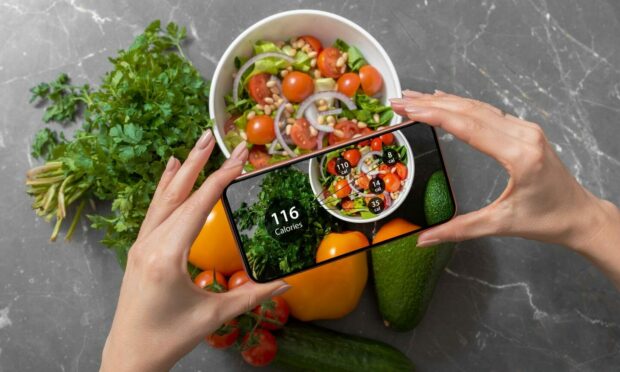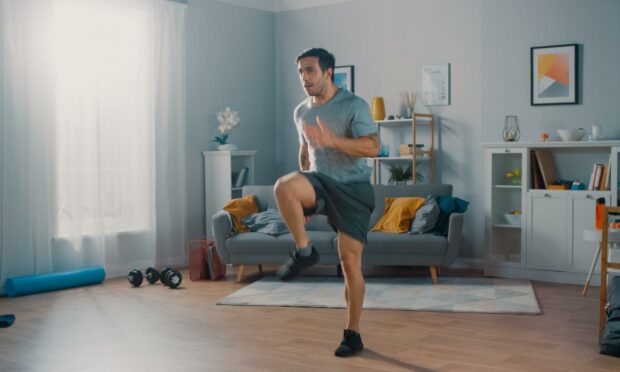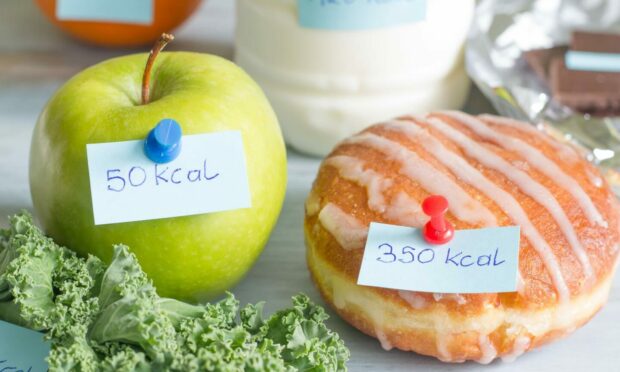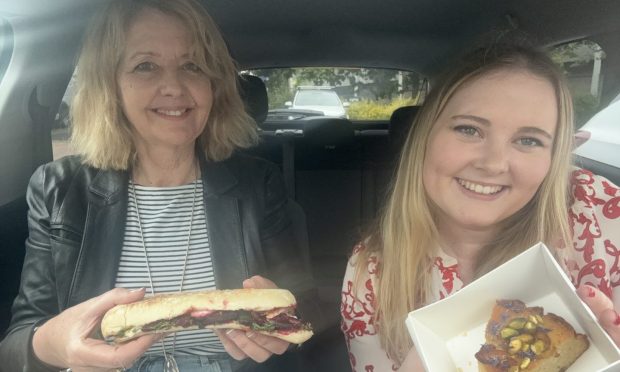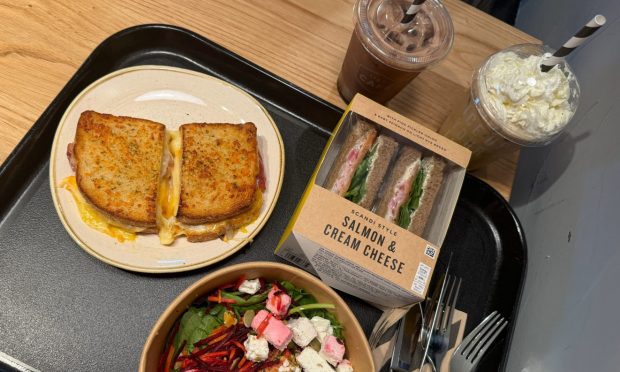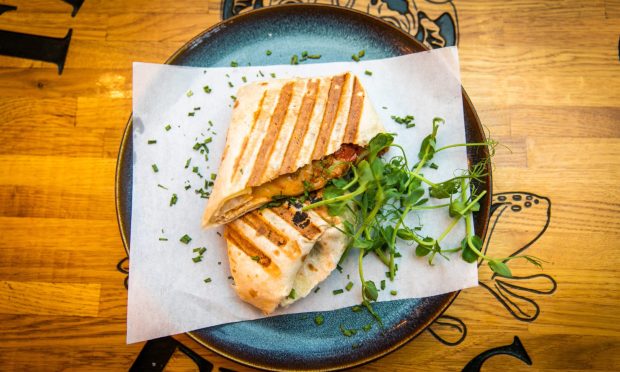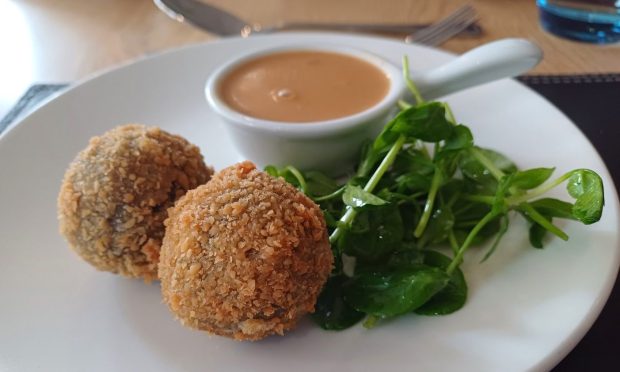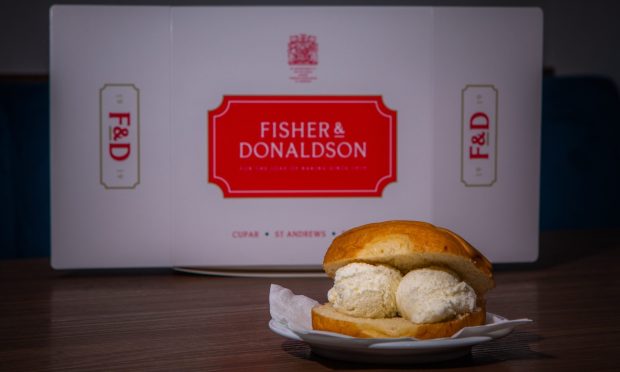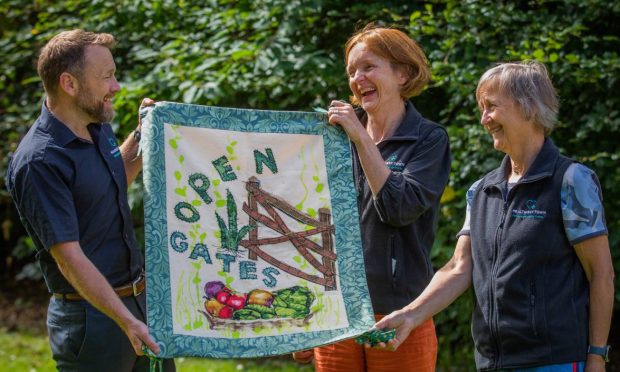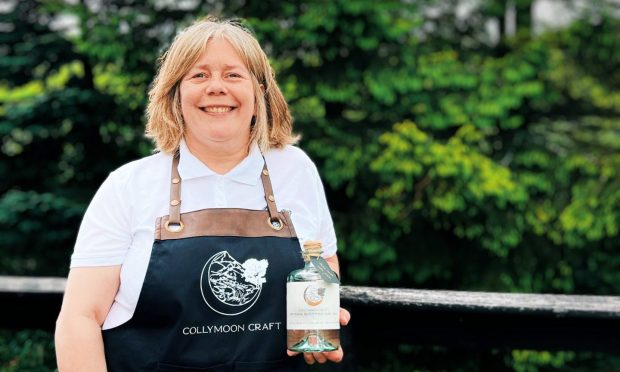Exercise can seem pointless if you don’t see any progress. But maybe your food choices have something to do with it.
Finding ways to control weight is one of the biggest battles we face, and with different advice from all around us it can be difficult to know what is the best solution.
The connection between exercise and food is a widely debated topic; can I eat more if I exercise? Should I be worried more about calories?
With the recent addition of calories on menus, attention around the topic has increased and you may be left worried and a little confused.
However, if there is anything I have learned from regularly exercising myself and conducting multiple experiments with my own food choices, it is that there is definitely a connection between the two.
1. You need food to exercise
This is a point that I cannot shout about enough, and it seems to be a massive problem amongst people who are starting out in the gym and other sports.
Naturally we as humans compare ourselves to others, and with social media constantly bombarding us with tips and tricks from people it’s normal to feel like the best way to be healthy is to partake in a crazy diet.
But diets aren’t really the best way to control or lose weight. It’s more about eating the right foods and eating enough of them.
2. Nutrition over calories
First and foremost, ensuring you eat the right food is far more important than how many calories you consume.
In fact, calories are purely the amount of energy the food you are eating will give you, and you need calories in order to function.
What is most important is consuming food which has the right balance of protein, carbohydrates, fats, and fibre.
3. Food can aid exercise goals
Our bodies are built with a very fine balance and although it may seem like you can eat whatever you want when you exercise, this is not always the best idea.
I think we all agree that exercising uses more energy and so that energy needs to be replaced with food.
And eating food which is high in energy but doesn’t give the body any vitamins and minerals, will allow you to carry on exercising but it won’t be optimum for your body.
Instead, eating the right foods will help you achieve your exercise goal much faster, whether that’s to gain weight, reduce weight, increase muscles and more.
Food can aid exercise goals because, just like your car, giving the right fuel to it will help it run much better.
My advice to anyone who is starting out in their exercise journey is to think about your food as much as your exercise and workouts. It really does make all the difference.
This article is part of an ongoing series where topics around food and drink and behaviour will be discussed.
If you have any suggestions on topics you would like to read about, please provide your suggestions in the submission form below.
Mariam Okhai is a food and drink journalist who also researches food behaviour.
She has a Masters in Behavioural Science for Management from the University of Stirling. Her undergraduate degree was in Psychology and Business Economics with Marketing.
She is also a certified habit coach.
You can find out more about her research on her Behavioural Foodie website.
